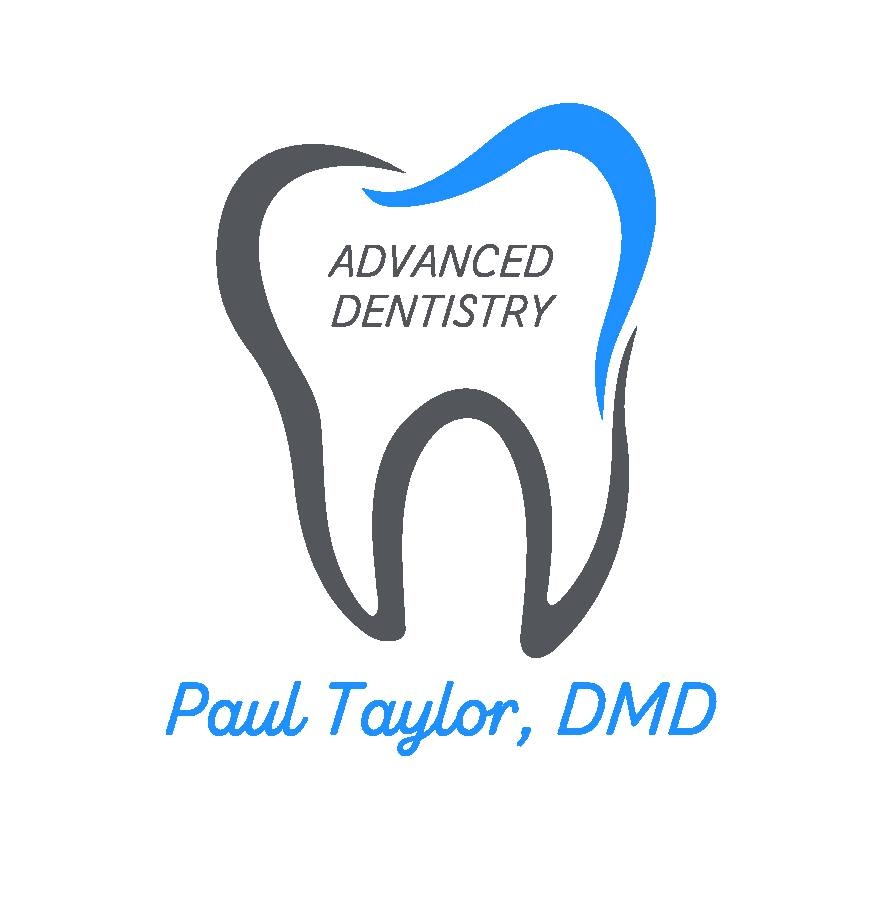TMD Therapy
Dentist San Diego, CA
TMJ/TMD
TMJ stands for Temporomandibular Joint, the ball-and-socket joint that connects the jawbone to the skull on each side. Temporomandibular Disorder, or TMD, refers to a variety of problems that affect the TMJ and the muscles and soft tissues that surround it. Because TMD may include several different issues, ranging from mild to very serious, if you have or think you may have TMD, please set up a consult with our office today. We’re here to help.
Symptoms of TMD
Because TMD may come from multiple causes, it is important to consider your symptoms when determining whether to see Dr. Taylor for a TMD consult. Here are the three most common signs that may suggest TMD:
Clicking: While over a third of the world’s population reportedly experiences some “clicking” sensation in one or both TMJs, clicking that includes pain, stiffness, or the jaw becoming stuck open or closed should be reported to Dr. Taylor for professional attention.
Muscle Pain: Jaw muscle pain felt in the cheeks and temples with no obvious cause may be an indication of TMD. The simplest form of this type of TMD is a morning pain and stiffness of the jaw muscles. This is generally caused by clenching and/or grinding of the teeth during sleep. While this type of TMD can usually be easily managed, other forms of TMD can include much more intense pain that spreads through the nerves to be felt in nearby head and neck areas. This type is more complex and, as such, generally requires more complex forms of treatment to manage.
Temporomandibular Joint Pain: This type of TMD pain is a form of arthritis causing pain within the joints of the jaw, rather than in the muscles or soft tissues. While there is no cure for arthritis of any kind, TMJ arthritis is often highly manageable with a variety of professional and self-care treatment options.
Causes of TMD
There are a number of issues that can cause TMD. The most common of these is a subconscious habit of clenching or grinding of the teeth, usually during sleep or when under high amounts of stress. Patients with this cause of TMD may find that their symptoms vary over time depending on their level of stress, as stress has been found to intensify pain from TMD.
Other causes of TMD can include:
- Internal joint derangement or disc displacement: The disc in the joint is out of place, causing clicking sounds and/or preventing full opening of the jaw
- Osteoarthritis: Change of the jaw bone shape due to a loss of joint cushioning
- Synovitis: Swelling inside the jaw joint
- Poor posture: Holding the head at an improper angle for extended periods of time can cause muscle strain to the face and neck
- Other typical orthopedic problems, such as joint inflammation, strained tendons and ligaments, or sore muscles
Diagnosing TMD
Because there are several forms of TMD, as well as a host of other conditions that can cause pain in the TMJ area, it is important to work with Dr. Taylor to determine whether you have TMD and what the underlying cause or causes may be. The first step is for our team to take a detailed dental and medical history, being careful to note any symptoms, chronic illnesses, injuries to the TMJ area, and medications you are taking.
Next, Dr. Taylor will perform a comprehensive exam of your head and neck, paying particular attention to the jaw muscles and joints. To rule out other potential issues, he may recommend a screening X-ray during your initial visit. At this point, Dr. Taylor should be able to recommend an initial treatment plan in most cases.
Treatment
Since there are multiple forms of TMD with multiple causes, it is best to follow a conservative plan for treatment.
The first stage of TMD treatment should generally include mild painkillers or anti-inflammatory medications, application of heat to the affected area, simple jaw exercises, and use of a soft diet to reduce pressure on your jaw. Dr. Taylor may ask you to keep a “pain diary” to note the frequency and intensity of your pain and to see how it trends over time. This can help us determine the best type of treatment for your individual needs.
If further measures are needed, the second stage may include physical therapy, a “bite guard” or other dental appliance, or relaxation training.
All of these are treatments that are reversible if found to be ineffective or unneeded as time passes. Irreversible procedures, such as surgeries, should be only be considered after all other options have been exhausted.
Contact our office for more information.

